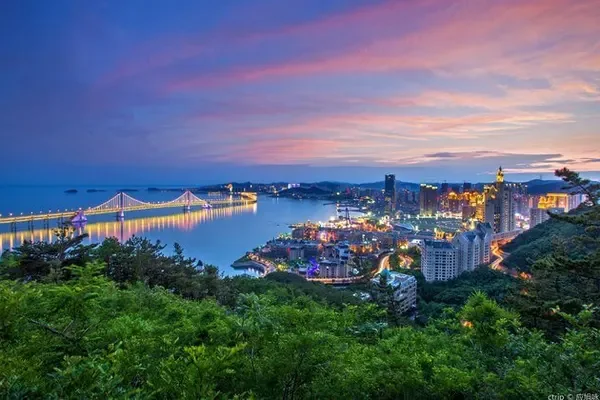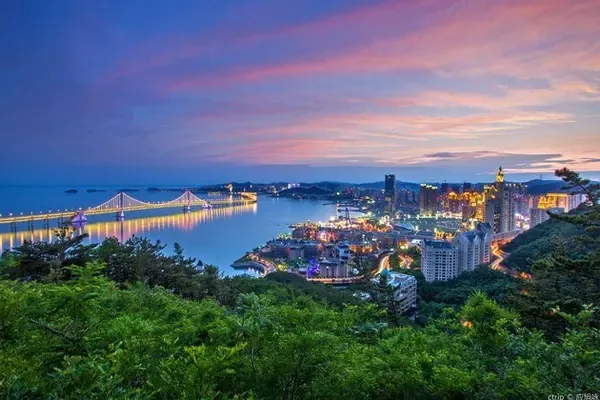When mentioning "Utopia", many people will think of Dali, where they love the wind, flowers, snow and moon, the mountains, forests and vegetation, and the magic that slows down time there.
In the long years of many young literary and artistic youths, Dali is an indelible vocabulary. Everyone has a different mind, and the meaning of travel has therefore become varied.
There is only one Dali in the world, but there are many utopias with different styles. As long as you want to go far away, you can encounter the beauty deep in your soul.
Gao Chun
Gaochun is known as the "sacred place in the south of the Yangtze River" and has the reputation of "fighting gold at sunrise and fighting silver at sunset".
Here, you will see the ruins of Xuecheng, an ancient village in the Neolithic Age more than 6,000 years ago, and you will also see the Xu River, the earliest artificial canal in the world that is still functioning for navigation.
Take the bright yellow Nanjing Metro Line S9, about 10 minutes between Tuanjiewei Station and Mingjue Station, and the whole subway shuttles across the surface of Shijiu Lake.
central defender
The most beautiful place in Zhongwei is Shapotou, where the vast Tengger Desert is stretched by the sun of the Yellow River, and the water is divided into a pair of natural Tai Chi pictures. It is one of the "Top Ten Most Fun Places in China".
The desert, the Yellow River, high mountains and oasis are integrated here, which not only has the majestic scenery of the northwest, but also has the beauty of the scenery of the south of the Yangtze River.
There is also Sikouzi Scenic Area where Danxia and karst landforms blend together, which is strange and dangerous, and Tengger Lake Desert Wetland Leisure Resort, where the vast desert and thousands of hectares of blue waves complement each other, are too beautiful to be absorbed.
Shiqu
There are not many foreign tourists here, but the ethnic customs are strong, and the Buddhist culture is very profound.
The magical and beautiful natural scenery here constitutes the perfect scenery of Zhaxika. The hills and valleys are wide, the water flow is gentle, and the grass dams are continuous, forming the vast Zhaxika prairie.
There is also the elegant and unique Dandagou, which has the unique charm of "one ditch has multiple views, each of which is unique", with strange stones interspersed, flowers and plants intertwined, and being in it feels like a paradise.
Hengkeng Village
Hengkeng Village is named for the stream "Hengkeng" that runs around the village in front of the village.
The ancient village sits from northwest to southeast, built along the mountains, and is fan-shaped. The longitudinal lanes of the village are low at the front and high at the back, with a comb-tooth layout, and the buildings are vertical and horizontal. Everything here is ancient, the village is ancient, and the pond is also ancient. The trees are also ancient.
Houses made of red sandstone can be seen everywhere, tall and spacious, with exquisite carved beams and painted buildings, very much in the style of Ming Dynasty architecture.


